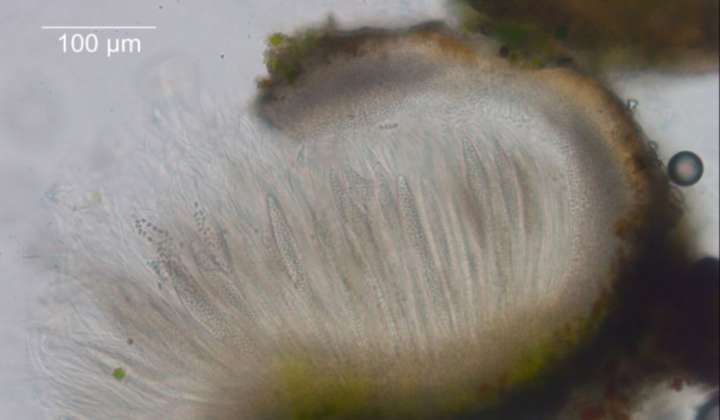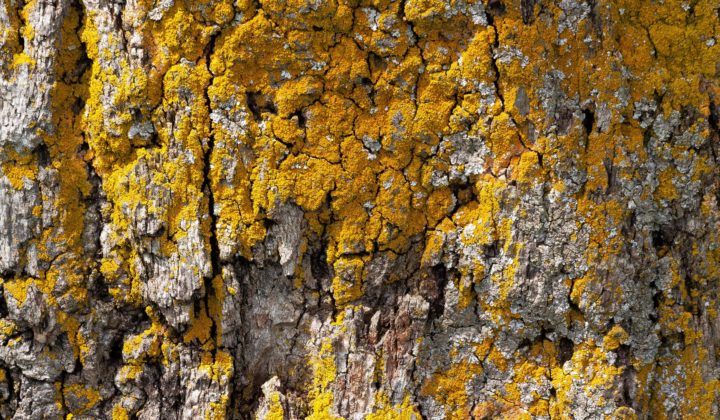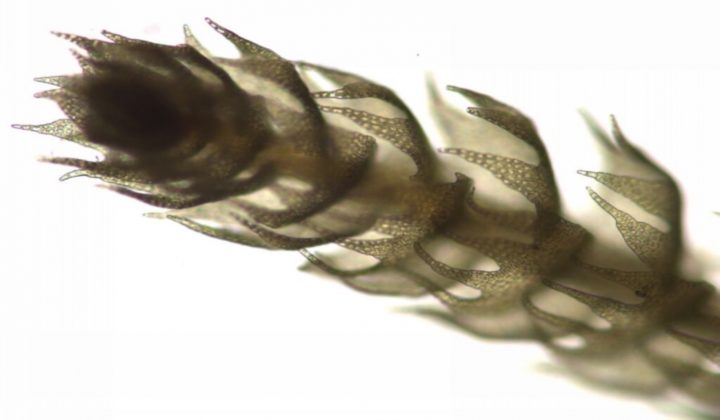
Topics
Influence of red oak cultivation on biodiversity in the hotspot Caucasus
How does the cultivation of the American red oak (Quercus rubra L.) affect the biodiversity of forest stands in the West Caucasus biodiversity hotspot? Different taxonomic groups can be studied. Cooperation with the Department of Soil Zoology of the Senckenberg Museum of Natural History Görlitz and the Faculty of Natural Sciences of the Adygean State University in Maikop.
Importance of larch (Larix) plantations for lichen biodiversity
Many lichen species are sensitive to forestry influences; many species are therefore endangered. On the other hand, rare lichen species have recently been observed in larch cultures. However, this is not the case everywhere. This topic aims to clarify which factors are relevant.
Importance of former Berlin sewage fields for the biodiversity of lichen
Occasional observations have shown that lichens can occur on various species of trees and shrubs on former Berlin sewage fields, which are not otherwise documented in the region at the moment and are partly considered to be endangered beyond the region. What role do the former sewage fields play for the biodiversity of lichens? Which factors are decisive for the occurrence of endangered species?
Relevance of different vegetation units for the diversity of different plant groups
How important is the recording of cryptogams for the assessment of the botanical diversity of a habitat? In addition to the diversity of vascular plants, the diversity of at least one cryptogame group in different vegetation units will be investigated comparatively.
Repopulation of formerly heavily immission-damaged areas with lichens (framework topic; detailed work on various questions possible)
For decades, southern East Germany and the Berlin area were characterised by high levels of air pollution, which led to the almost complete disappearance of epiphytic lichens. In the meantime, many species are reappearing and taxa not previously observed in Germany have been sighted.
How does the recolonisation process proceed, what differences are there in comparison to the historically known lichen flora, what similarities and differences are there in comparison to what is documented from formerly heavily polluted areas of western Germany?
Are there genetic relationships between re-emerging epiphytes and concrete surviving populations of the same species in the area or the specimens introduced by planting trees and shrubs?
Taxonomic revision of some groups of the Caucasian lichen flora
The Caucasus is a “hotspot” of botanical biodiversity. This also applies to lichens. Here, however, the diversity is less well researched in detail and some genera or groups such as the sterile crust lichens have only been insufficiently studied. In addition to the species that are widespread in Europe, there are often taxa that are absent in Europe; these may include undescribed taxa. The task is the revision of selected groups in the area, taking into account the worldwide literature. Depending on the selected group, morphological, chemical (e.g. thin layer chromatography) and/or genetic methods may be used.
Population genetics of reindeer lichen in Brandenburg
Brandenburg has the main responsibility for the conservation of reindeer lichen in Germany. Does clonal reproduction predominate locally or does supraregional exchange take place? Are presumed natural habitats characterized by a greater genetic diversity than anthropogenic ones? Is the material on the green roof of the eco-factory at Teufelssee in Berlin’s Grunewald Forest autochthonous?
Genetic relationships of the Brandenburg outpost occurrence of the moss Pseudoleskeella nervosa (Brid.) Nyh.
Far from its usual habitat, this moss has an isolated occurrence in Brandenburg. Can its origin be clarified with molecular methods?
Characterization of type material of lichens in the Mosig Herbarium of the Senckenberg Museum of Natural History Görlitz
Carl Gottlob Mosig was one of the first scientific lichen collectors. In many cases his collections served the “father of lichenology” Erik Acharius as a basis for the first description of species in his “Lichenographia Universalis” (1810). Mosig also received material from other collectors in exchange. It is mainly by studying the relevant literature that the status of type suspect herbarium material in the Mosig herbarium can be determined.
Development of an information material on lichens in medieval village churches (topic e.g. for prospective teachers)
Medieval village churches are a refuge for lichens that have otherwise already disappeared in many places. In contrast to England, for example, little attention is paid to this in our country, which means that deposits are often destroyed during restoration measures that could have been preserved with a bit of care. The cause is not ill will, but lack of knowledge. A generally understandable material to improve the knowledge of these rarities is to be compiled.
Value-determining structural elements on former military training areas from the perspective of lichen protection
After 1990, extensive areas that had previously been reserved for military purposes for decades or centuries were converted. Since then, numerous occurrences of plant and animal species have been discovered here, which have become rare or disappeared in the rest of the landscape due to the change of use in agriculture and forestry. After the end of military use, these areas require targeted care and development in order to ensure the continued preservation of endangered species.
Lichens are among the most endangered groups of organisms in our landscape. The work is intended to identify which structural elements of the landscape (e.g. open land types, woodland cover) are important for the protection of lichens on former military training areas.
Endangered lichen species in avenues
Lichens are among the most endangered groups of organisms in our landscape. Avenues are the most important refuges for many highly endangered lichen species. However, not every avenue is characterised by rich lichen growth.
The work aims to find out which parameters are important for the occurrence of endangered lichen species. Among other things, the tree species, the type of use of adjacent areas, past and present pollution levels, geographical location and the direction of the avenues are to be taken into account.
Topics for an internship semester in the section Lichenology and Bryology
Further topics related to cryptogams on request.



